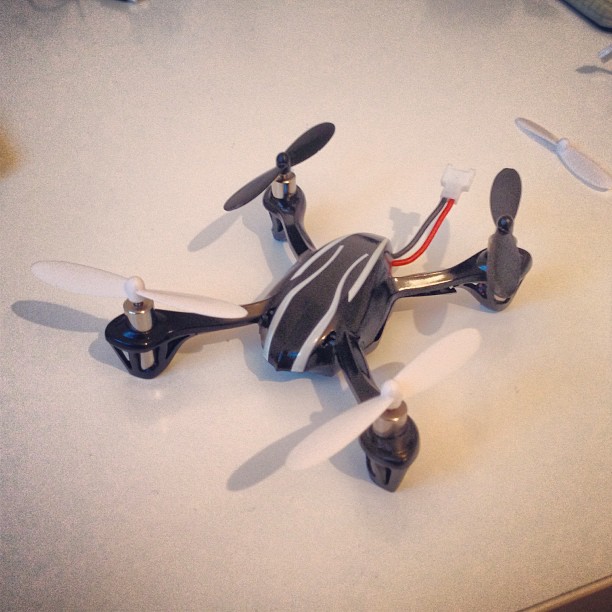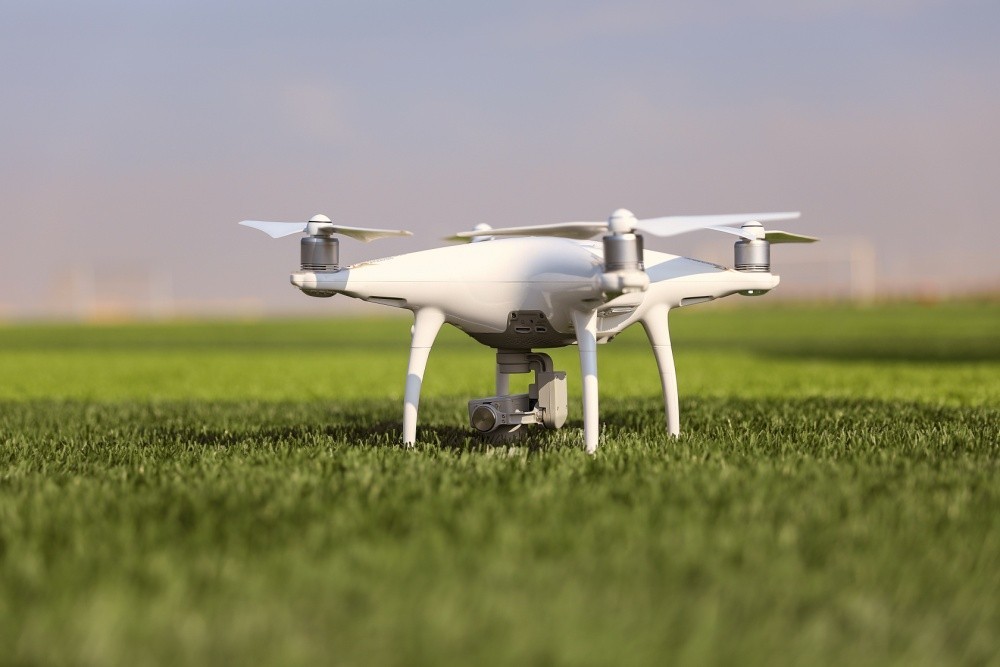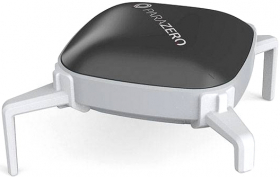
This article will help you build a long-range quadcopter. This article will discuss the 5" frame and 1.2GHz omnidirectional antennas, larger propellers, flashing ESCs using BLHeli firmware, as well as the larger propellers. There are many other tips and techniques to be found, so don't forget to keep reading! Here are some of our most popular techniques.
Frame: 5"
The 5" frame is ideal for racing and cruising long distances. These specialized frames feature a solid structure, aesthetic frame style, and a large battery support area. It is also one the lightest quadcopters on the market, making it a great choice for racing. The 5" frame is a great option for long-range cruising and affordable FPV quadcopters.
1.2 GHz omnidirectional antennas
Sky Hammer, an efficient telemetry device that makes long-range flight possible for quadcopters, is the perfect solution. This patented omnidirectional antenna has a 5.25dBi gain, and 360-degree coverage. It works by pushing unused vertical coverage of a single antenna outward. It can be attached to a quadcopter with long range and compatible models.

Bigger propellers
It is important to consider the size and shape for propellers on your drone. There are many options for propeller sizes and shapes. Some can even be made of the same material as the frame. They are usually made of plastic and can have two or three blades. A propeller with just two blades will suffice for beginners. However larger blades may be needed to carry heavy loads or race.
Flashing ESCs using BLHeli firmware
If you're interested in building a long-range quadcopter then you may be wondering how to flash ESCs via BLHelli firmware. It's quite simple. You will first need to install the BLHeli Software. This program is designed to connect your flight controller to your ESCs. Some ESCs may be capable of bidirectional DShot firmware.
Use a higher-end flight controller
If you're building a quadcopter with a long range, using a higher-end flight controller is a smart choice. The combination of a PDB and FC can significantly reduce the complexity of your flight control stack as well as make it easier to build. They can also support standard UARTs including the 9V filter output.

Buying a battery
The most important thing to do when flying your quadcopter drone is to purchase a battery. The battery must be strong enough to power your quadcopter, but it also needs to be lightweight. There are many choices when it comes to battery options. LiPO is the most widely used type of batteries and can be found on all sizes of quadcopters. The most popular type of battery is LiPO. These packs are used on micro drones because they provide high power and a short burst. LiPO or LiHV batteries are most common.
FAQ
Flying with a drone?
Drones are becoming increasingly popular for both personal use and commercial purposes. They are used to film, fly, map, rescue and search and rescue. Recently, the FAA approved new regulations for drones, including requirements for registration, licensing and pilot training. These new regulations will ensure drones are safe for all.
What are the rules of operation for drones?
You need to register your drone with the FAA. The registration process requires you to provide information about your device, such as its weight, dimensions, battery capacity, operating frequency, and battery life. It also requires you to obtain an identification number from the FAA.
What is the difference of a quadcopter and an hexacopter, you ask?
A quadcopter, a four-rotor helicopter, flies just like a helicopter. It is equipped with four rotors, each of which can rotate independently. A hexacopter is similar to a quadcopter except that it has six rotors instead of four. Hexacopters are more stable and maneuverable than quadcopters.
With a drone, can someone spy on me?
A drone can be used to spy on anyone. You can protect yourself against drones by being aware of them and avoiding areas where they might fly. Do not hesitate to call 911 if a drone is seen flying.
Is it legal to fly a drone in the United States?
Flying drones is an offense in certain countries, including Australia, Canada, Germany and Japan. It is legal in countries such as France, Italy Netherlands, Poland and Russia.
Do I need to be able to fly a drone without special training?
No, you don't need special training to fly your drone. All you need is a remote control unit and some basic knowledge of flight mechanics.
Can I fly my drone indoors without a license?
Yes, your drone can be flown indoors. You just have to ensure no obstacles or hazards inside your home. Avoid flying near windows, doors and heating vents.
Statistics
- Research and Markets predict a growth rate of 51.1% over the next five years. (thedroneu.com)
- According to Indeed, a drone pilot gets paid $25.73 per hour on average in the US. (dronesgator.com)
- According to ZipRecruiter, the minimum hourly wage of drone pilots is $20. (thedroneu.com)
External Links
How To
How to Fly Drones With Beginners
A drone is a remote-controlled aircraft used for aerial photography, cinematography, surveillance, scientific research, and hobby purposes. Drone technology has been around since World War II. DJI's Phantom quadcopters became commercially available in 2010. Since then, there have been many different types of drones available, from beginner-friendly models like the Parrot AR Drone 2.0 to professional-grade multi-rotor craft like the DJI Mavic Pro.
There are many methods to fly a Drone, including
-
Remote control – This is when you attach a device to your hand that allows you to control the drone's flight path. There are two main types for controllers: Joysticks or On/Off switches, which can be used to control the drone's flight path.
-
Manual Control – This method lets users remotely control the drone by using a smartphone app. You will need to keep track of where the drone is going and follow the directions from the app.
-
Autonomous flight - The drone takes over the piloting duties. It is basically flying autonomously and without human intervention. It must have a builtin camera, sensors capable of taking images and data to enable autonomous flight.
-
Triggered flight - This is similar to manual control except that the pilot sets up a preprogrammed route and the drone follows the route until it reaches its destination. Once the programmed route is completed, the drone lands automatically and returns back to the base.
-
Landing Gear – Some drones are equipped with landing gear, which allows them to safely land if they lose power during flight.
-
Goggles - Some pilots wear goggles to protect themselves from debris while operating.
-
Camera – Some drones have cameras, which allow you to take photos or videos from up high.
-
Obstacles. Some drones can have obstacle avoidance technology that stops them from hitting obstacles.
-
Speed - Some drones can travel at speeds over 40 mph.
-
Battery Life - Most drones are capable of lasting between 20 minutes and three hours, depending on the power that you use.
-
Some drones are capable of traveling up to 30 miles depending upon their make and model.
-
Power source - Not all drones can use an external power source. Others can run on internal batteries.
-
Weight - Some drones have a weight of less than 1 pound and others weigh 4 lbs.
-
Size - Drones range from small devices that fit in one's palm to large crafts that weigh more than 50 pounds.
-
Price - All drones fall within a specific price range, from high-end models that can cost thousands of dollars to lower-cost options starting at $100.